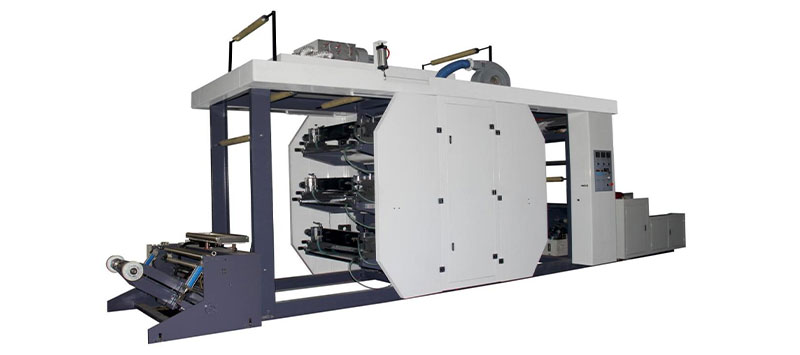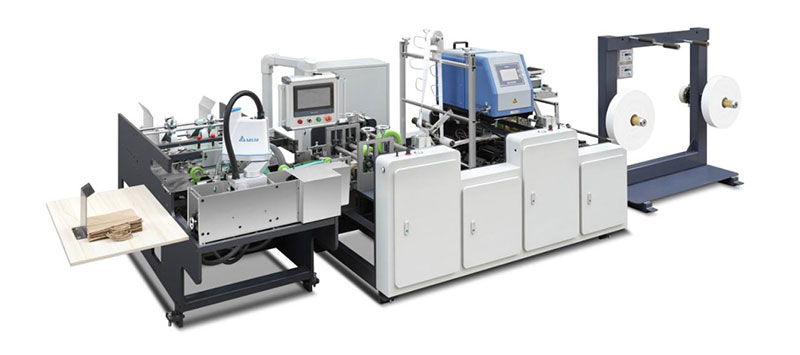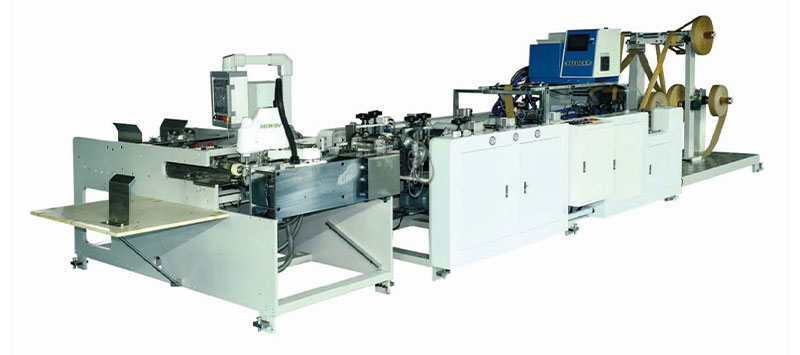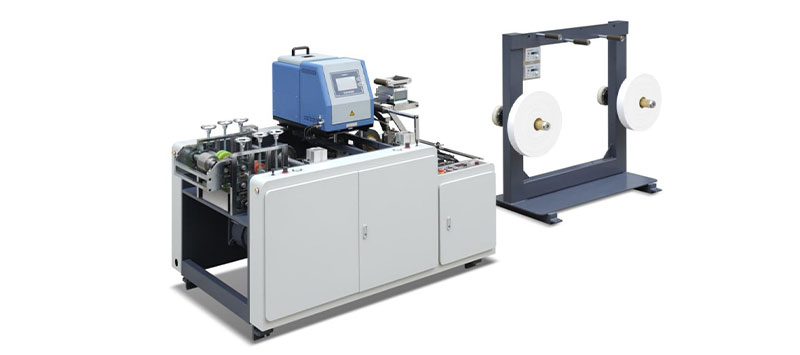Flexo Printing Machine, also known as flexographic printing machine, is widely used in the field of label printing. Its workflow mainly covers a series of steps from the preparation stage to the printed product. The following is a typical workflow of Flexo Printing Machine:

1. Preparation stage
Material preparation:
Select substrates suitable for flexographic printing, such as paper, plastic film, etc., and ensure that their surfaces are flat and free of stains.
Prepare an appropriate amount of ink according to printing requirements, and ensure that the viscosity, color and other parameters of the ink meet the printing requirements.
Plate preparation:
To make flexographic plates, computer-to-plate (CTP) technology is usually used to directly engrave the designed images, texts and other information on the flexographic plate.
Check the layout quality of the flexographic plate to ensure that the images, texts and other information are clear and accurate.
Equipment inspection:
Check whether all parts of the flexographic printing machine are complete and installed in place, such as the pressboard, press wheel, tension wheel, etc.
Confirm that the temperature of the printing machine is appropriate and the water and ink paths are unobstructed.
2. Installation and debugging stage
Installation of plate material:
Install the prepared flexographic plate on the plate cylinder of the printing press, and use the side positioner to position it to ensure that the plate is parallel to the cylinder axis of the printing press.
Adjust the pressure between the plate cylinder and the impression cylinder to ensure that the ink can be evenly transferred during the printing process.
Installation of ink system:
Pour the ink into the ink tank and connect the ink supply system to ensure that the ink can be evenly and stably supplied to the plate.
Debugging equipment:
According to printing requirements, adjust the speed, temperature, air pressure and other parameters of the printing press.
Perform a trial print to check whether the printing effect meets the expected requirements. If there are any problems, adjust them until they are satisfactory.
3. Printing stage
Paper feeding and positioning:
Feed the substrate into the printing press, and ensure its accurate position during the printing process through the paper feeding device and the positioning device.
Ink transfer:
During the printing process, the flexographic plate cylinder contacts the ink tank, and the ink is evenly applied to the plate.
Through the action of the impression cylinder, the ink is transferred from the plate to the substrate to form the required image and text.
Drying and curing:
The printed substrate passes through a drying device, such as a hot air dryer or a UV curing device, to quickly dry the ink and cure it on the surface of the substrate.
Fourth, winding and finishing stage
Wounding:
The printed substrate is rolled into a roll for subsequent processing and use.
Finishing:
Perform necessary finishing on the rolled substrate, such as removing burrs on the edges and checking the printing quality.
Five, quality control and testing
Online testing:
During the printing process, use online testing equipment to monitor the printing quality in real time, such as color sensors, density sensors, etc.
If quality problems are found, such as color deviation, unclear printing, etc., the equipment parameters should be adjusted or the materials should be replaced in time.
Offline testing:
After printing, use offline testing equipment to perform quality inspection on the printed product, such as using magnifying glasses, chromatographs and other tools to check printing details.
Based on the test results, the printing quality is evaluated and improved.
4. Maintenance and Care
Equipment Cleaning:
After each printing, clean the press to remove residual ink and debris.
Clean and maintain the various parts of the press regularly, such as cleaning the ink roller, anilox roller, etc.
Equipment Inspection:
Regularly check whether the various parts of the press are worn or damaged, such as the pressboard, press wheel, etc.
If worn or damaged parts are found, they should be replaced or repaired in time.
Lubrication and Care:
Add lubricating oil to the lubricating parts of the press to ensure the normal operation of the equipment. Regularly perform comprehensive maintenance and care on the equipment, such as checking the electrical system, adjusting the transmission device, etc.
In summary, the workflow of Flexo Printing Machine involves preparation, installation and commissioning, printing, winding and finishing, quality control and testing, maintenance and care, etc. Each link requires careful operation and strict quality control to ensure that the final printed product meets customer requirements.



